Marking the passage of time is a tradition in most cultures, but the dates and observed rituals vary. Even if you’ve already welcomed the (Gregorian) year 2016, there’s no reason why you shouldn’t also greet the Chinese calendar year 4714. In fact, there are conflicting ways of counting its number, but it’s definitely the Year of the Monkey, beginning on the 8th of February.
Chinese New Year’s celebrations can last for up to 15 days. It’s safe to assume that, should you live in a country where it’s customary to ring in the new year with a two-week celebration, you already know what you’re doing. If you are, however, planning to visit China at this time of the year, or if you want to welcome the Year of the Monkey elsewhere, this handy guide sums up the most interesting destinations, the biggest festivals, best events and most interesting traditions for the Chinese New Year.
Celebrating The Chinese New Year… In China
In mainland China, as well as many other Asian countries, the Lunar New Year is a major occasion, to be celebrated with family and friends. People return home in droves to be with their loved ones, if at all possible. To make the most of a unique experience:
Book flights, trains and buses well in advance or avoid using the overburdened infrastructure altogether during the days leading up to the new year. Many tourist attractions, shops, bars and restaurants may be closed, so do some research if you plan on going out.
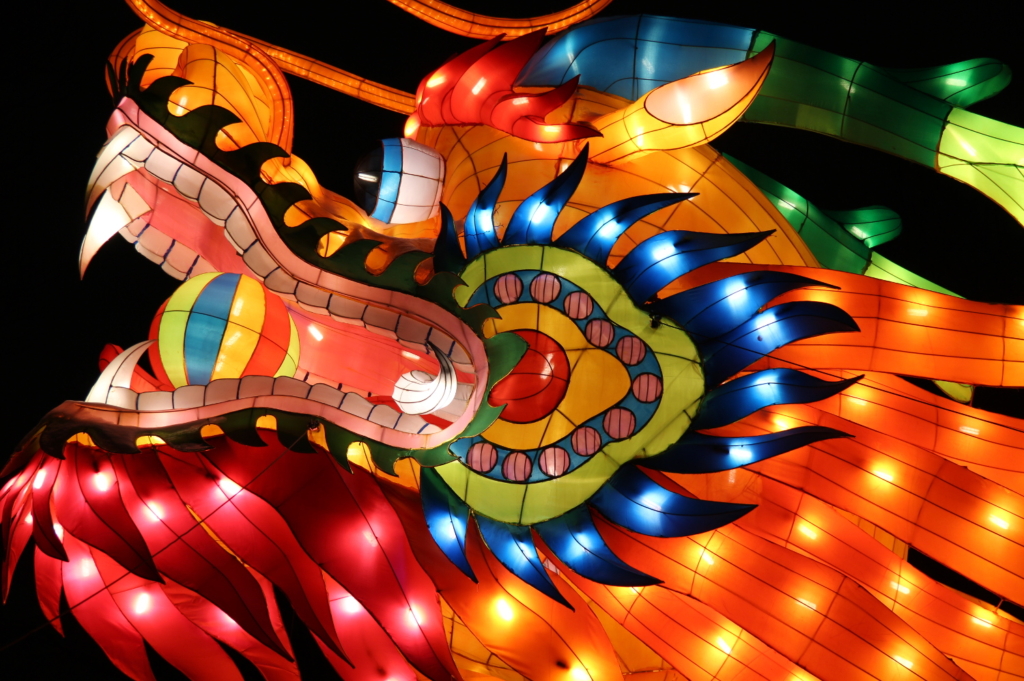
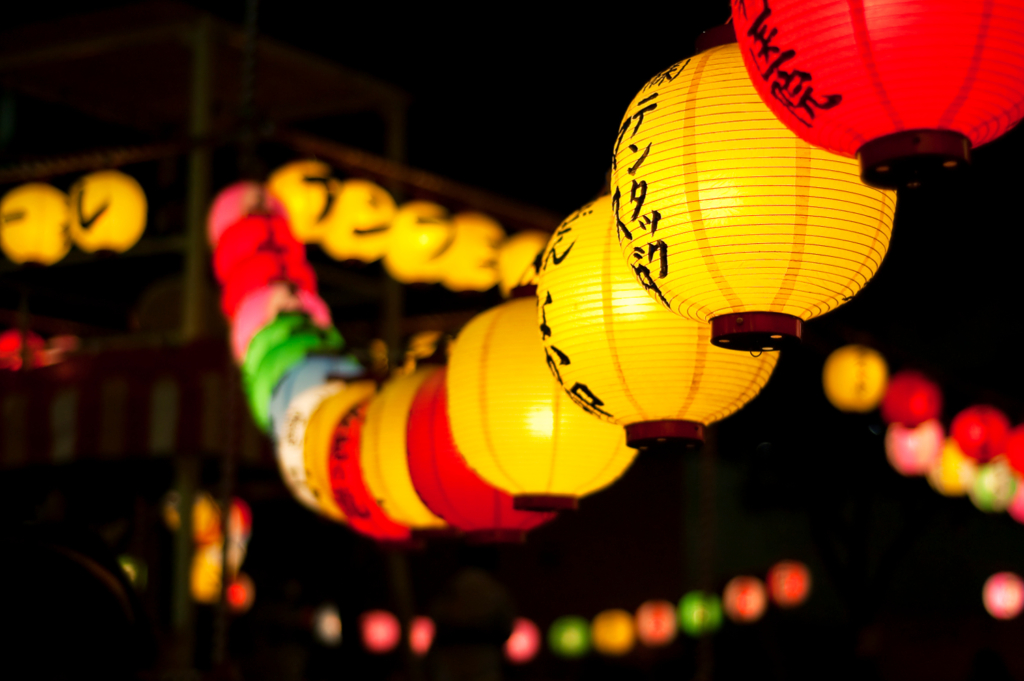
The festivals and parades many associate with the Chinese New Year don’t actually take place on one day, so don’t expect too much all at once. Unlike New Year’s Eve in most Western countries, the public party isn’t focused on that one night.
If you aren’t invited to a private party, it can be nice to soak up the atmosphere in residential areas. Wandering through the Hutongs of Beijing, for example, you can witness elaborate decorations on traditional homes, with visitors coming and going.
Make like the locals and watch Chinese Central Television’s Spring Festival Gala, one of the most-watched TV shows in the world, then step out at midnight to watch the fireworks.
As the festivities progress, cities like Shanghai and Beijing will become livelier again, so stick around for temple fairs, lion dances and other events in the days following New Year’s Eve.
Celebrating The Chinese New Year… In Hong Kong
Asia’s World City knows how to throw a party, and Hong Kong is widely agreed upon as one of – if not the – best place in the world to celebrate the Lunar New Year. Its large Chinese population ensures authenticity, whilst the fact that others have also embraced the festivities makes the event accessible to all.
Spectacular fireworks, a 3D light show, an elaborate, illuminated night parade, as well as the Lunar New Year race day are among the highlights of this 15-day extravaganza.
Celebrating The Chinese New Year… With The Chinese Diaspora
The Chinese New Year is celebrated across continents. London, San Francisco and Sydney all claim to host the largest Lunar New Year festivities outside Asia.
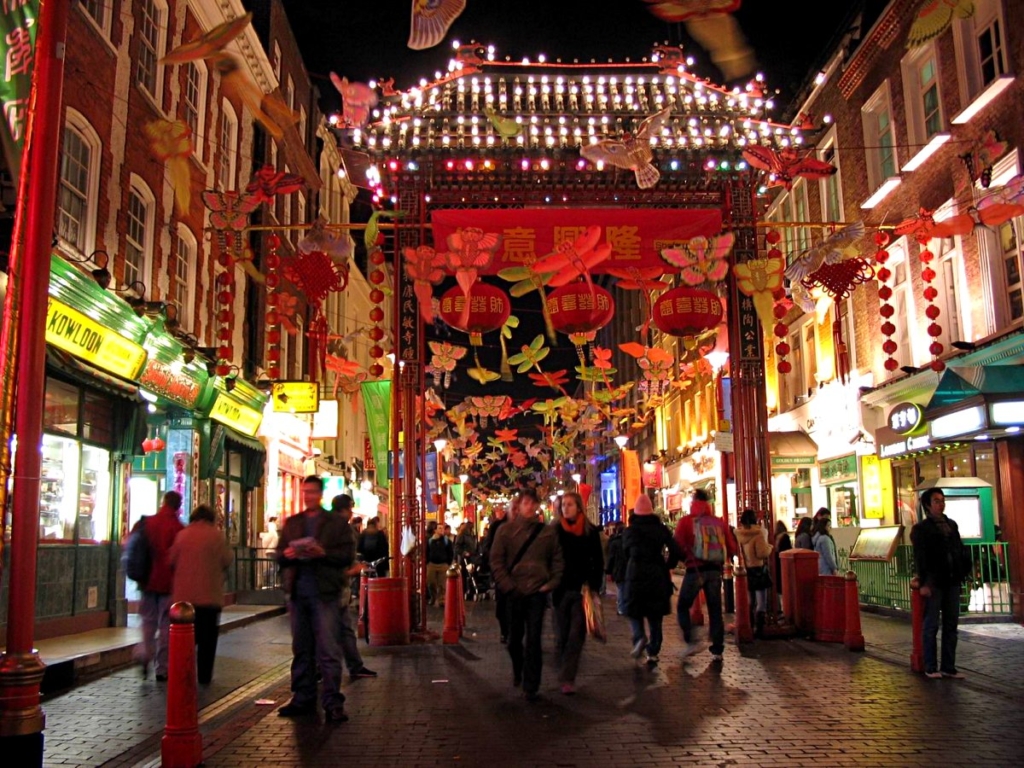
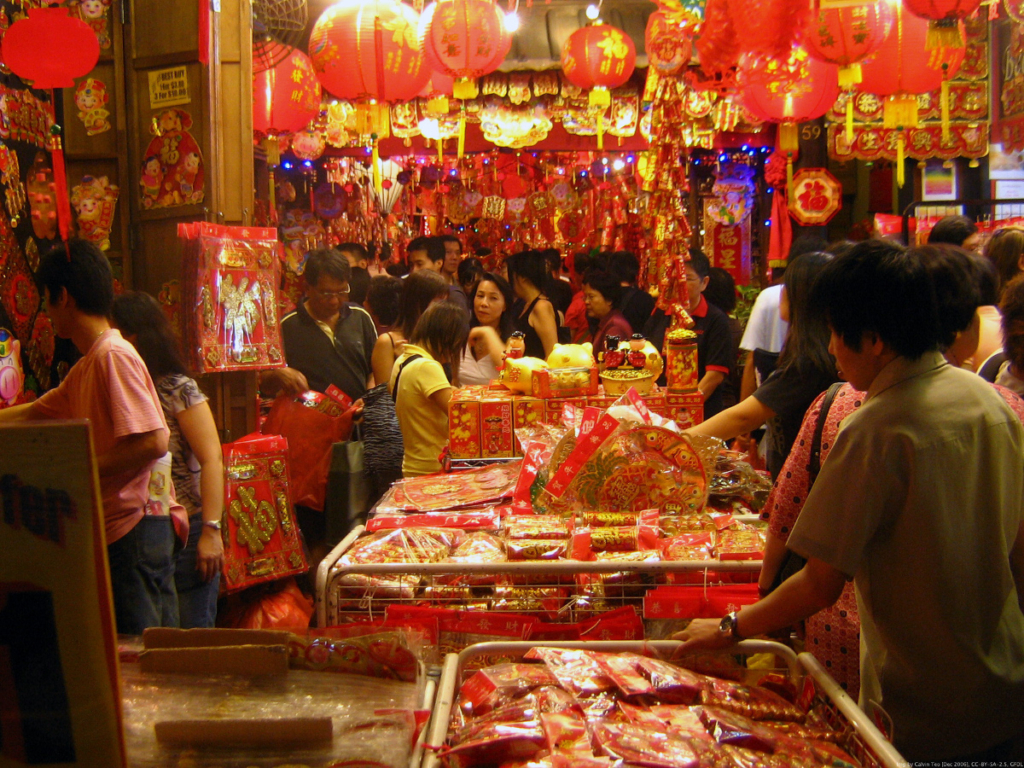
All three cities are home to a large diaspora, vibrant Chinese communities and lively Chinatown localities. California’s City by the Bay, however, can lay claim to the oldest parade marking the occasion outside Asia. The festival includes a flower fair, community street fair, a parade featuring a gigantic golden dragon, and the Miss Chinatown USA pageant.
Celebrating The Chinese New Year… Anywhere At All
To mark the occasion at home, deck the halls with (lucky) red decorations and treat yourself to an all-new outfit (ideally also in red, perhaps with a touch of gold), signalling a new start.
Traditional foods vary regionally, but a feast involving long noodles (to symbolise a long life), dumplings (representing wealth) and sweet glutinous rice cakes (for good luck) tick all the boxes for a happy, healthy, prosperous new year.
Article by Fiona Brutscher

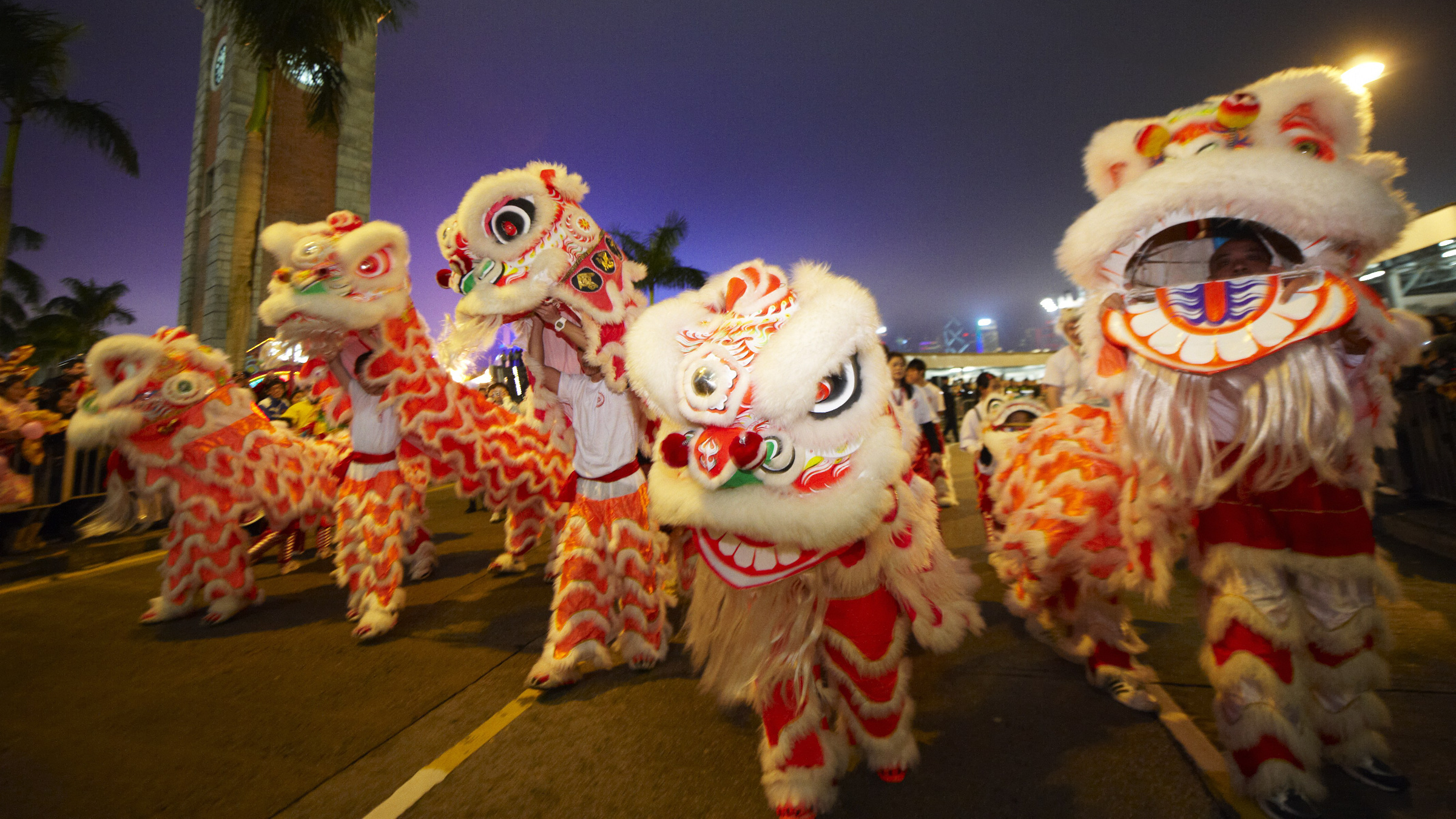


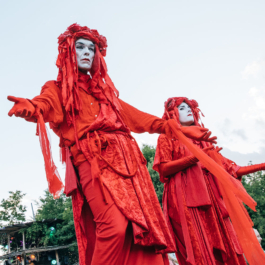
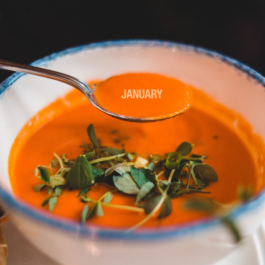

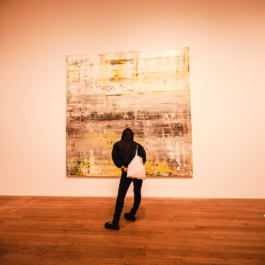


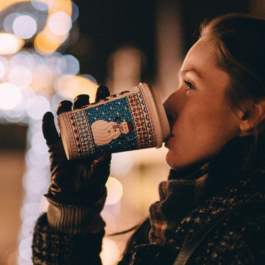
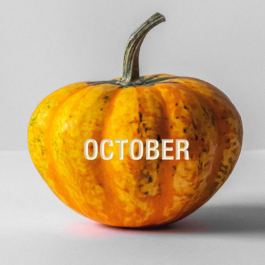
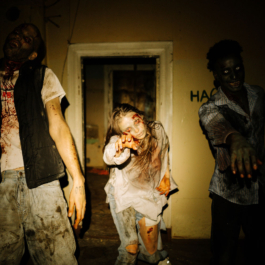
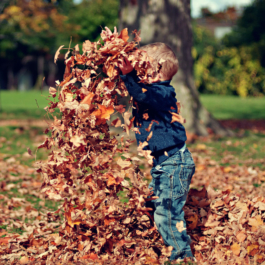
Sorry, the comment form is closed at this time.